We can examine the changes and trends in the present as well as various views of the future. In addition, we can assess the likely impacts of the actions taken in the present and in the past.
Examining megatrends is an integral aspect of contemplating different visions of the future. A megatrend is a general direction of development, consisting of several phenomena, or a wide-ranging process of change. They are often considered to occur at the global level and development is often believed to continue in the same direction. Megatrends are not surprising: they are familiar things, changes that are already happening today and highly likely to continue happening tomorrow. They provide a useful view of broad future changes that can be narrowed down by focusing on more detailed trends, weak signals and the analysis of tensions.
You could think of megatrends as the characters in a play. You have seen them listed in the programme and you know they will appear on stage. That is why the interaction between the characters is often more interesting than the characters themselves. What shape will the play take as a whole? What kinds of tensions are there between the different megatrends and how will they be resolved? Throughout the play, there are background “metatrends”, drivers of change that cut through all of the megatrends and are still taking shape. They also influence the interaction and tensions between the megatrends. You could compare them to the orchestral soundtrack that continues throughout the play.
While the characters stay the same, they and their actions are open to different interpretations, which depend on the context and the perspective you take. In the Megatrends 2020 update, the stage is Finland. This means that we approach the megatrends specifically from the perspective of Finnish society. It is impossible to fit everything into the play, and similarly, this update highlights certain key interpretations. Furthermore, one megatrend can be emphasised in different ways in different parts of the world (refer to the map for more information).
Why is there a need for a Megatrends 2020 update?
Sitra has published lists of megatrends since 2011. The most recent update was done in 2017. As the years have passed, Sitra has shifted from listing megatrends to publishing articles and reports that shed light on the megatrends as well as the phenomena related to them and the links between these phenomena. This report continues in that vein and aims to support the interpretation and understanding of future trends from the perspective of one’s own life.
Sitra’s megatrend materials, especially the megatrend cards, have been used as resources in a wide range of activities, including education, strategy work, scenario processes and general discussions about the future. The Futuremaker evaluation report on Sitra’s activities notes that “Sitra’s megatrends have been adopted by a fairly large group of players in society to support their strategic planning and development.” The evaluation report also points out that Sitra has been among the first to highlight topics such as the circular economy, the sharing economy, sustainable well-being and experimental culture, and that Sitra has focused on the right things in its future-oriented work.
Certain issues are now emphasised more than before, and it is necessary to introduce new perspectives on the prevailing trends.
The megatrends have not changed much since the previous megatrends list. An update is nevertheless due because certain issues are now emphasised more than before, and it is necessary to introduce new perspectives on the prevailing trends. With respect to climate change and the ecological sustainability crisis, the emphasis is on issues related to achieving a fair and fast transformation. When it comes to the economic system, people are now more prepared to rethink things. The impacts of changes in population structure will grow stronger in the near future. There is also a need to understand changes in mindsets and world views.
Future-oriented thinking has also seen developments and changes in emphasis. Alongside knowledge of future scenarios, there is growing emphasis on their use: interpretation, different perspectives, challenging assumptions and shaping futures. In recent years, the term “visionary capability” has also entered the conversation, referring to the capability of society or the individual to not only imagine alternative futures but also take action to move towards the desired future. Rather than understanding a single megatrend, it is more crucial, on the one hand, to understand the broader phenomenon that it is related to and the manner in which it is linked with other trends and, on the other hand, what we should do with regard to different megatrends, what kinds of futures we can envision and what kind of future do we choose to work towards.
The megatrends presented in this report are based on previous literature, statistics, monitoring of the discussion about the future and an open questionnaire concerning the key trends, tensions and uncertainties. Based on these inputs, five themes were selected that are of central significance to Finland in particular. As such, this report does not present a comprehensive description of all of the potential changes. Instead, this report highlights issues that will promote further discussion of alternative and desirable futures.
In addition to explaining the megatrends and trends themselves, our work aims to shed light on their potential impacts and particularly the links and tensions between the megatrends. As listing all of the tensions is not possible, the focus is on a few tensions that are significant for Finland. A further goal is to clarify how the tensions and links are identified and interpreted.
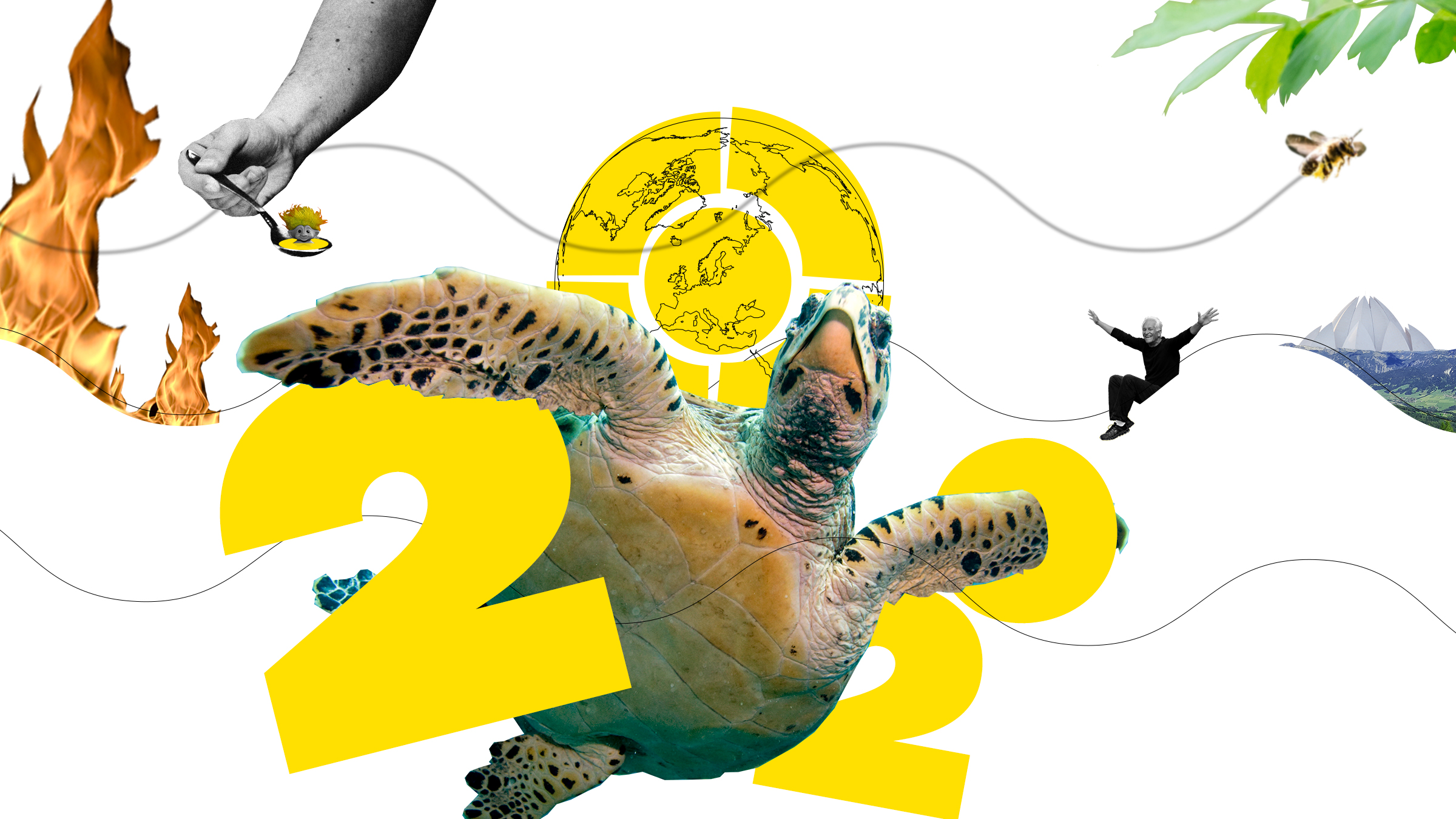

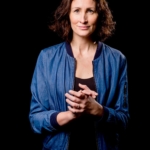
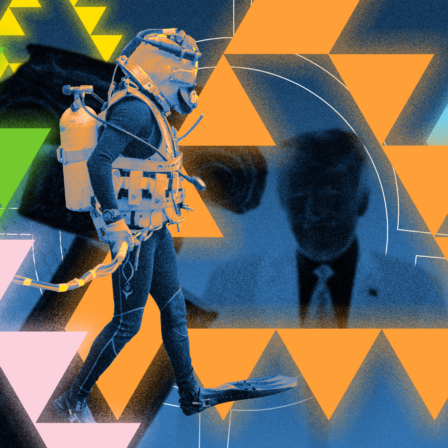
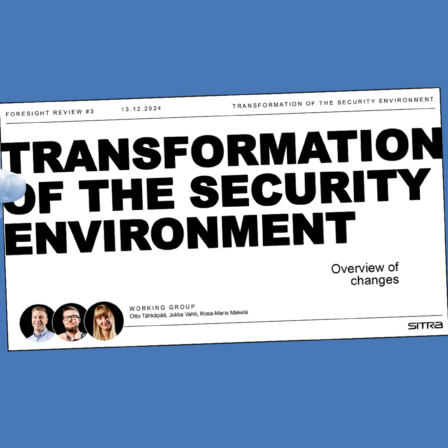
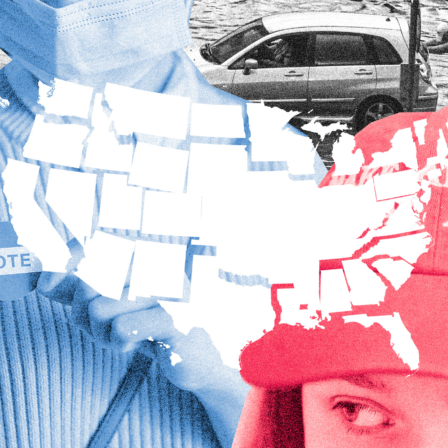
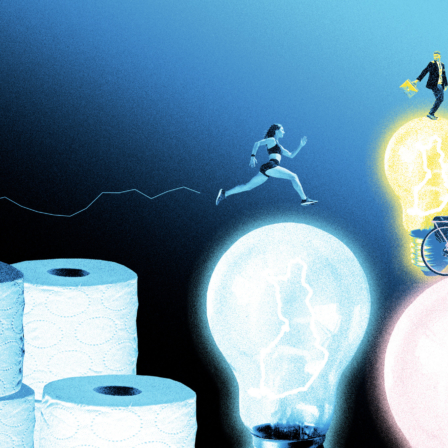




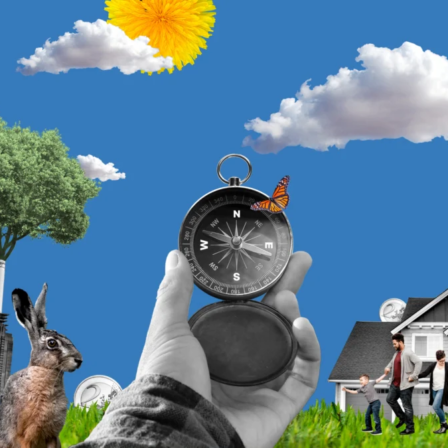
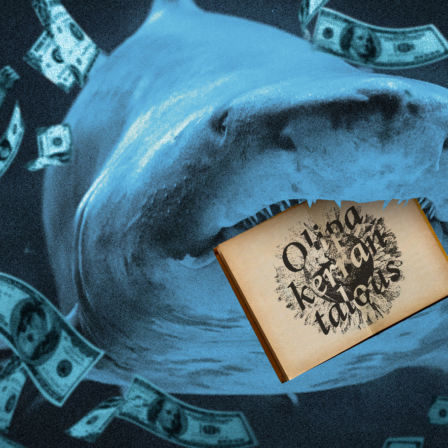
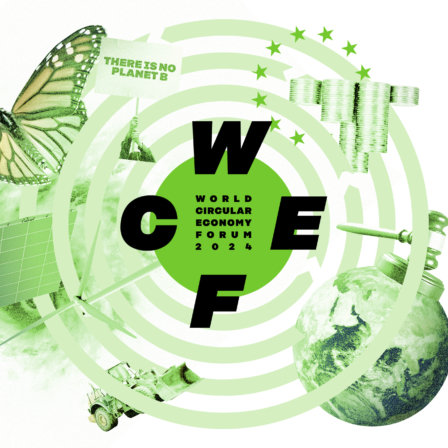
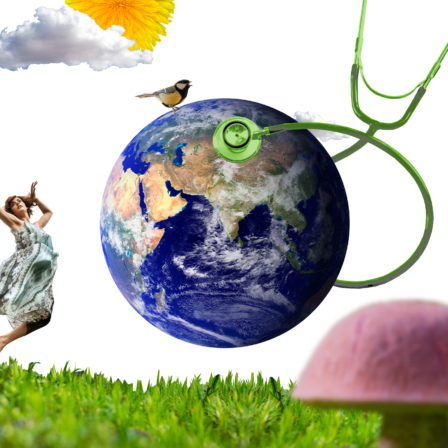
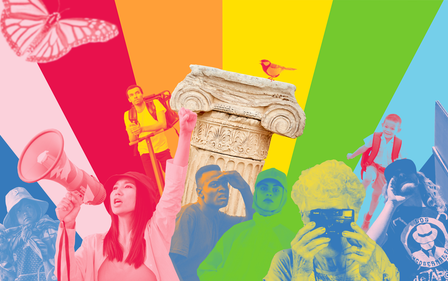
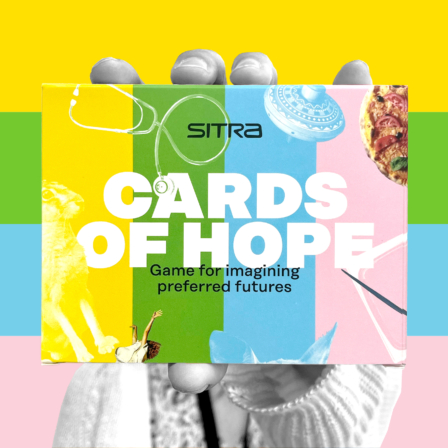
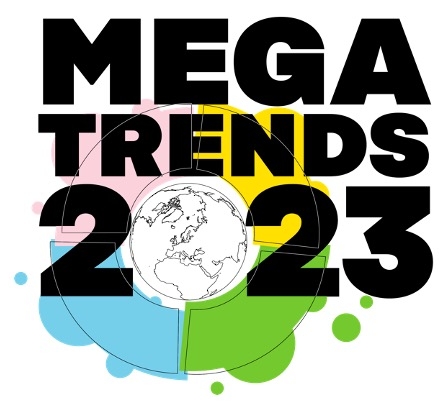
Recommended
Have some more.